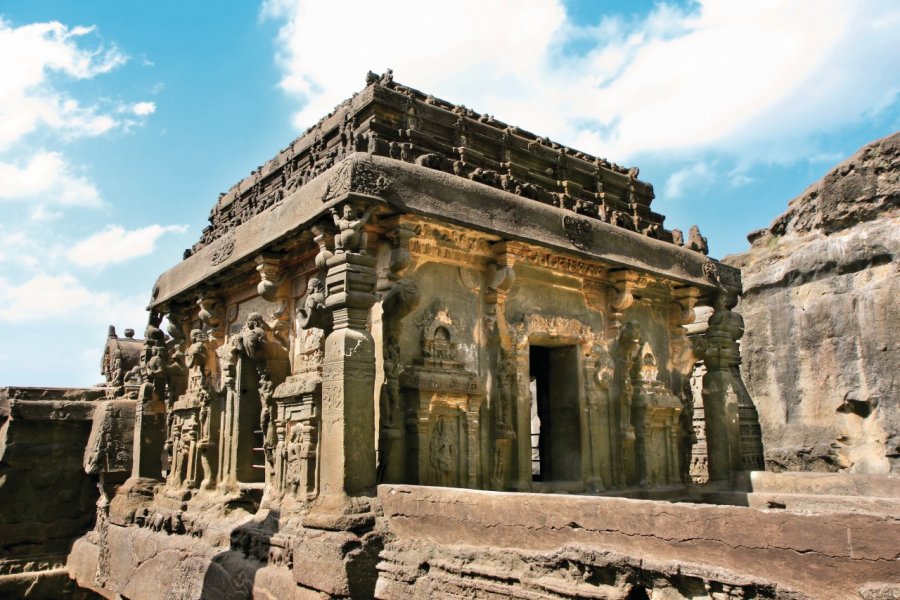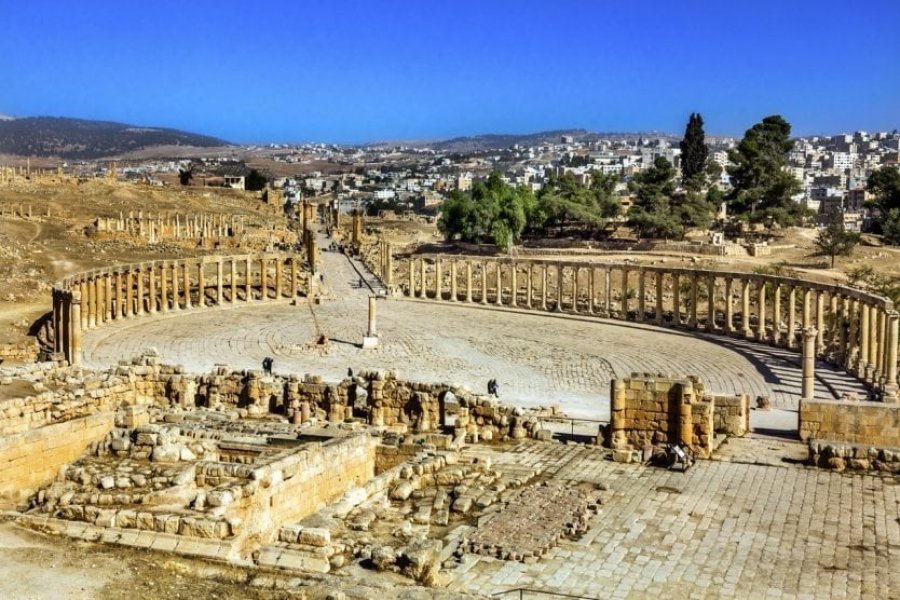Travel Guide Ellora
Find an accommodation
Advertising
A UNESCO World Heritage Site, the 34 caves of Ellora, on the Chamadari hill, cover almost 2 km in a north-south direction and are located 29 km from Aurangabad. The site lies on an important trade route that replaced the nearby Ajanta, which linked Paithan (seat of the Satavahana dynasty) with other parts of India. Like Ajanta, Ellora was never discovered; the caves had been there, open to all, for ages. Ellora is referred to in contemporary inscriptions of King Rashtrakoota and in the travel diaries of Arab and European visitors to India in the 9th and 10th centuries. Ellora's monuments were mainly patronized by the Chalukya - rulers of Rashtrakoota (7th-10th century). The ruling classes were governed by religious injunctions and ethical codes that demanded their support for temple builders. It was considered that the construction of religious edifices would promote the conquest of temporal power as much as religious merit and spiritual salvation. Ellora's artists were quick to respond to the desires and demands of their society. They staged their passion and sentiment, their faith and sensibility. They drew inspiration from Hindu mythology for their frescoes and sculptures, transforming rock into a cavalcade of gods and goddesses. They judiciously depicted the feelings of their compositions, emotions, anger, hatred, Shiva's fury, etc.
Suggested addresses Ellora
Weather at the moment
Advertising
Organize your trip with our partners Ellora
Transportation
Book your plane tickets
Car Rental
Boat rental
Accommodation & stays
Find a hotel
Holiday rental
Find your campsite
Tailor-made trip
Immersion travel
Services / On site
Activities & visits
Find a doctor






